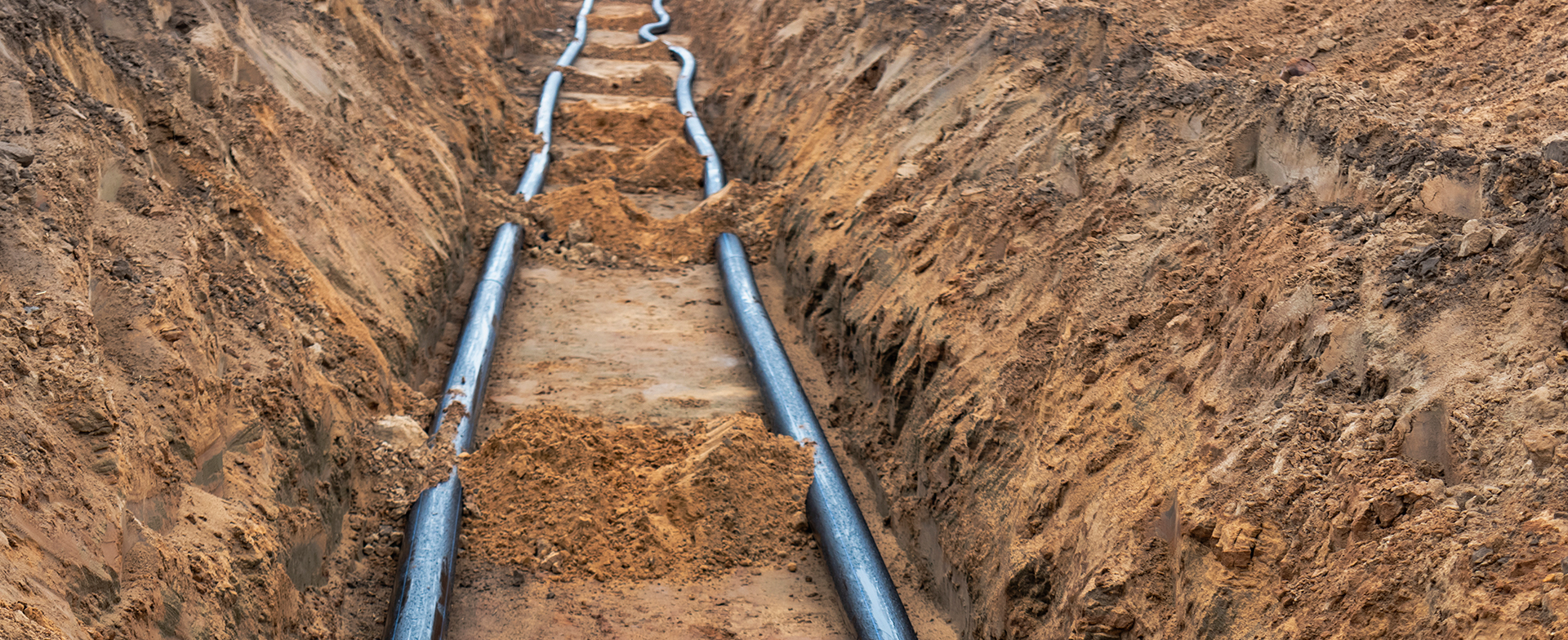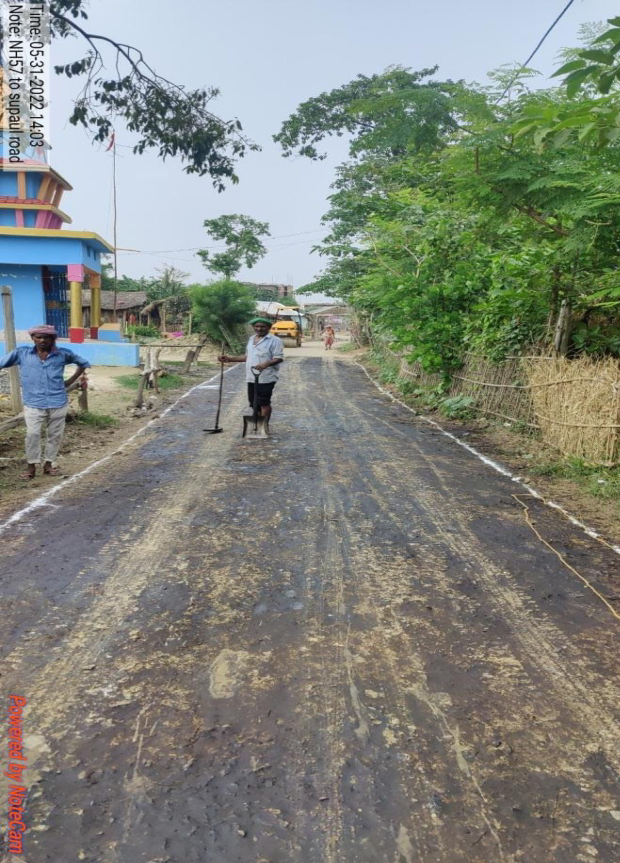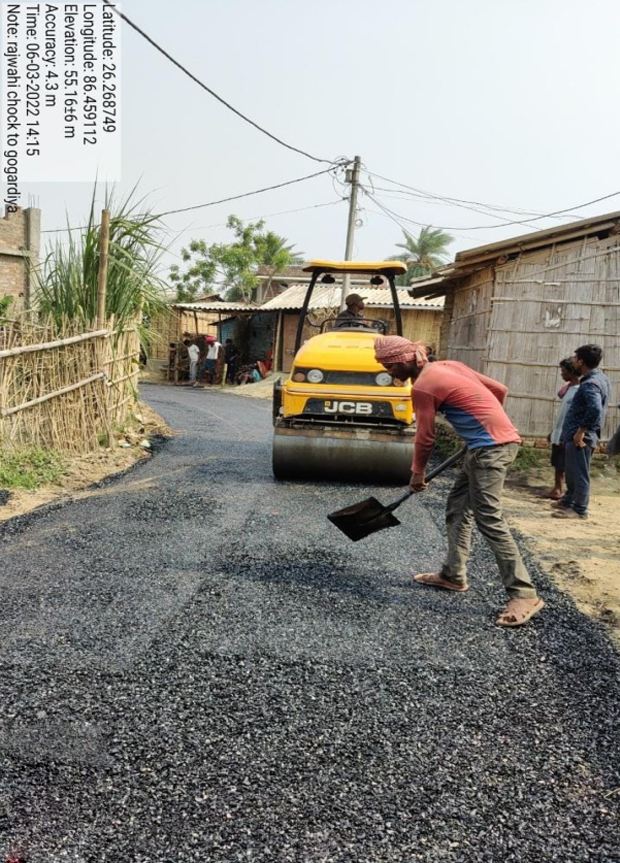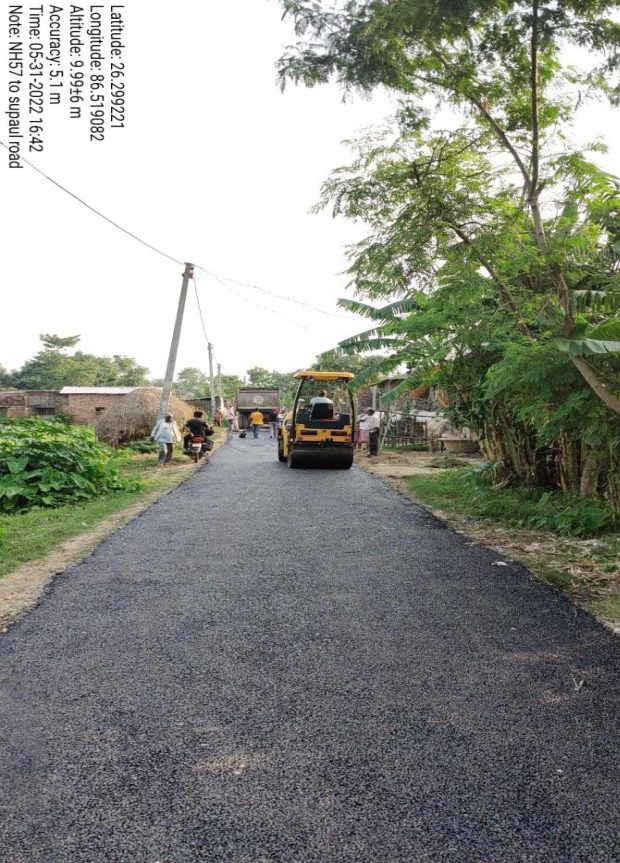Project Overview
Roads (Flexible & Rigid Pavement)
Two types of pavements are laid in India-rigid pavement and flexible pavement. In simple terms, a flexible pavement can be defined as a pavement layer comprising of a mixture of aggregates and bitumen, heated and mixed properly and then laid and compacted on a bed of granular layer. Rigid pavements on the other hand, are made from cement concrete or reinforced concrete slabs, laid over a low strength concrete layer (Dry lean concrete, DLC) or on a well compacted layer of aggregates or both.
A typical flexible pavement consists of a bituminous surface course over base course and sub-base course. The surface course may consist of one or more bituminous or Hot Mix Asphalt (HMA) layers.
Types Of Flexible Pavements:
- Conventional layered flexible pavement,
- Full – depth asphalt pavement,
- Contained rock asphalt mat (CRAM).
What Is Rigid Pavement?
Rigid pavements have a great amount of flexural strength or flexural rigidity. In this pavement, the load is distributed by the slab action, and the pavement acts as an elastic plate.
Rigid pavements are constructed by using Portland cement concrete (PCC). The pavement materials are placed either directly on the prepared sub-grade or on a single layer of granular or stabilized surface.
- The load is distributed by the slab action mechanism.
- Have sufficient flexural Strength.
- Long service life, more than 30 years.
- More durable.
Quick Enquiry








